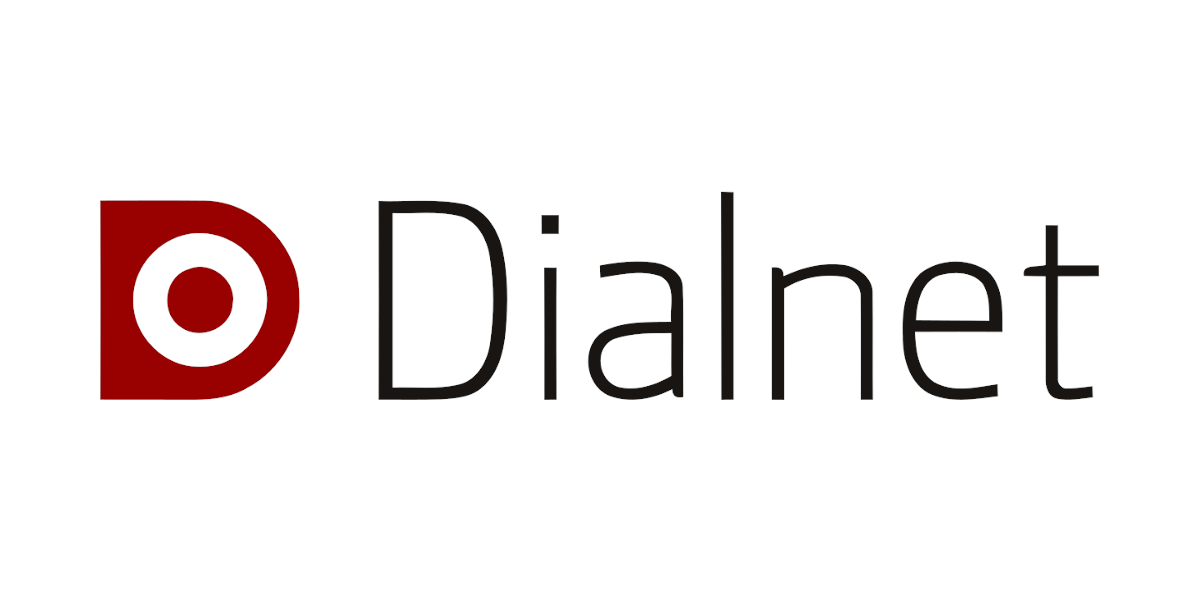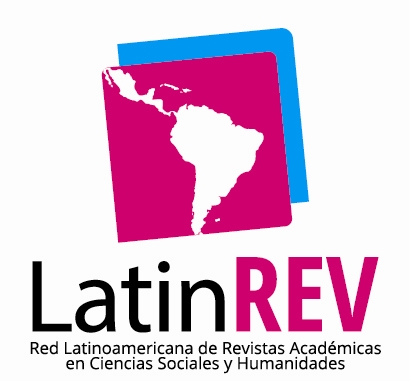Impact of Combating Drug Trafficking and the School Feeding Program on School Attendance
DOI:
https://doi.org/10.70254/controlvisible.2023.3.36Keywords:
School Feeding , Program Barrier to education , drug trafficking , market cocaine , laboratories discontinuous regressionAbstract
The School Feeding Program (PAE) was established in 2006 with the purpose of eliminating barriers to education, such as food insecurity, to keep children within the Colombian education system. Although evaluations have shown its benefits, they have also highlighted mixed results. Therefore, this study aimed to determine the impact of the presence of the drug trafficking market and the implementation of the PAE on school attendance. To measure the simultaneous impact of drug trafficking and the PAE, a non-experimental data structure was constructed to develop mathematical models controlling for demographic, population, social, and economic factors. The results indicate that the destruction of critical drug trafficking infrastructure by the Armed Forces, combined with the school feeding program, increases school attendance. Additionally, discontinuity regressions show positive causal effects on school attendance when targeting high-value drug trafficking nodes in combination with the PAE. Therefore, if the State's social policy is coordinated with the objectives of the Armed Forces, interventions aimed at the well-being of the population could be maximized.
Downloads
References
Adelman, S., Gilligan, D., & Lehrer, K. (2008). How effective are food for education pro-grams?: A critical assessment of the evidence from developing countries (Vol. 9). Intl Food Policy Res Inst.
Angrist, J. D., & Lavy, V. (1999). Using Maimoni-des’ rule to estimate the effect of class size on scholastic achievement. Quarterly Journal of Economics, 114(2), 533-575. http://piketty.pse.ens.fr/files/AngristLa-vy1999.pdf
Attanasio, O., Sosa, L., Medina, C., Meghir, C., & Posso-Suárez, C. (2021). Long term effects of cash transfer programs in Colombia, No. w29056. National Bureau of Economic Research.
Becker, G. S. (1968). Crime and Punishment: An Economic Approach. Journal of Political Economy, 76(2), 169-217. ht-tps://www.journals.uchicago.edu/doi/abs/10.1086/259394
Bundy, D., Burbano, C., Grosh, M., Geli, A., et al. (2009). Rethinking school feeding: social safety nets, child development, and the education sector. World Bank Publications. https://doi.org/10.1596/978-0-8213-7974-5
Bustelo, M. G. (2016). El verdadero fin del conflicto armado: Jóvenes vulnerables, educación rural y construcción de la paz en Colombia. Norwegian Centre for Conflict Resolution, Norwegian Refugee Council.
Camacho, A., & Mejía, D. (2013). Las externalida-des de los programas de transferencias condicionadas sobre el crimen: El caso de Familias en Acción en Bogotá, No. IDB-WP-406. IDB Working Paper Series.
Castiblanco Cárdenas, L. (2018). Diseño de un índice de riesgo en la contratación públi-ca en Colombia: caso aplicado Programa de Alimentación Escolar (PAE). Tesis de Maestría Ingeniería Industrial Universidad de los Andes
Collante, S., Rodríguez, C., & Sánchez, F. (2022). El poder de un refrigerio. La alimentación escolar y sus efectos educativos en Colombia. La alimentación escolar y sus efectos educativos en Colombia. Docu-mento CEDE, (19).
Dube, O., & Vargas, J. F. (2013). Commodity price shocks and civil conflict: Evidence from Colombia. Review of Economic Studies, 80(4), 1384-1421. https://www.js-tor.org/stable/43551562
Duflo, E., Dupas, P., & Kremer, M. (2015). School governance, teacher incentives, and pupilteacher ratios: Experimental evidence from Kenyan primary schools. Journal of Public Economics, 123, 92-110. https://web.stanford.edu/~pdupas/DDK_ETP.pdfGrantham-
McGregor, S., Cheung, Y. B., Cueto, S., Glewwe, P., et al. (2007). Developmental potential in the first 5 years for children in developing countries. The Lancet, 369(9555), 60-70. https://doi.org/10.1016/S0140-6736(07)60032-4
Ibáñez, A., Rodriguez, C., & Zarruk, D. (2013). Cri-me, Punishment, and Schooling Decisions: Evidence from Colombian Adoles-cents (No. IDB-WP-413).
Inter-American Development Bank, Research Department.Porto, I. (2016). Impacto del Programa de Alimen-tación Escolar en el Trabajo Infantil: una aproximación desde la toma de decisio-nes familiares. (Tesis de Maestria). Universidad del Rosario. http://repository.urosario.edu.co/handle/10336/12091
Sánchez Torres, F. J., & Díaz Escobar, A. M. (2005). Los efectos del conflicto armado en el de-sarrollo social colombiano, 1990-2002. Universidad de los Andes, Facultad de Economía, CEDE.
Taras, H. (2005). Nutrition and student performance at school. Journal of School Health, 75(6), 199-213. https://doi.or-g/10.1111/j.1746-1561.2005.00025.x
Thistlethwaite, D. L., & Campbell, D. T. (1960). Regression-discontinuity analysis: An alternative to the ex post facto experi-ment. Journal of Educational psychology, 51(6), 309. https://psycnet.apa.org/record/1962-00061-001
Zárate, S. C., Rodríguez, C., & Sanchez, F. (2022). El poder de un refrigerio. La alimentación escolar y sus efectos educativos en Co-lombia (No. 020223). Universidad de los Andes Facultad de Economía CEDE.
Downloads
Published
License
Copyright (c) 2024 Control Visible

This work is licensed under a Creative Commons Attribution-NonCommercial 4.0 International License.
How to Cite












